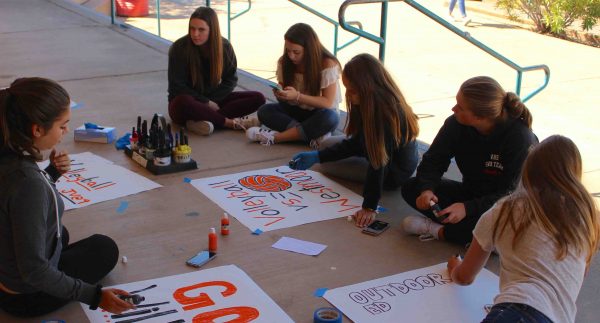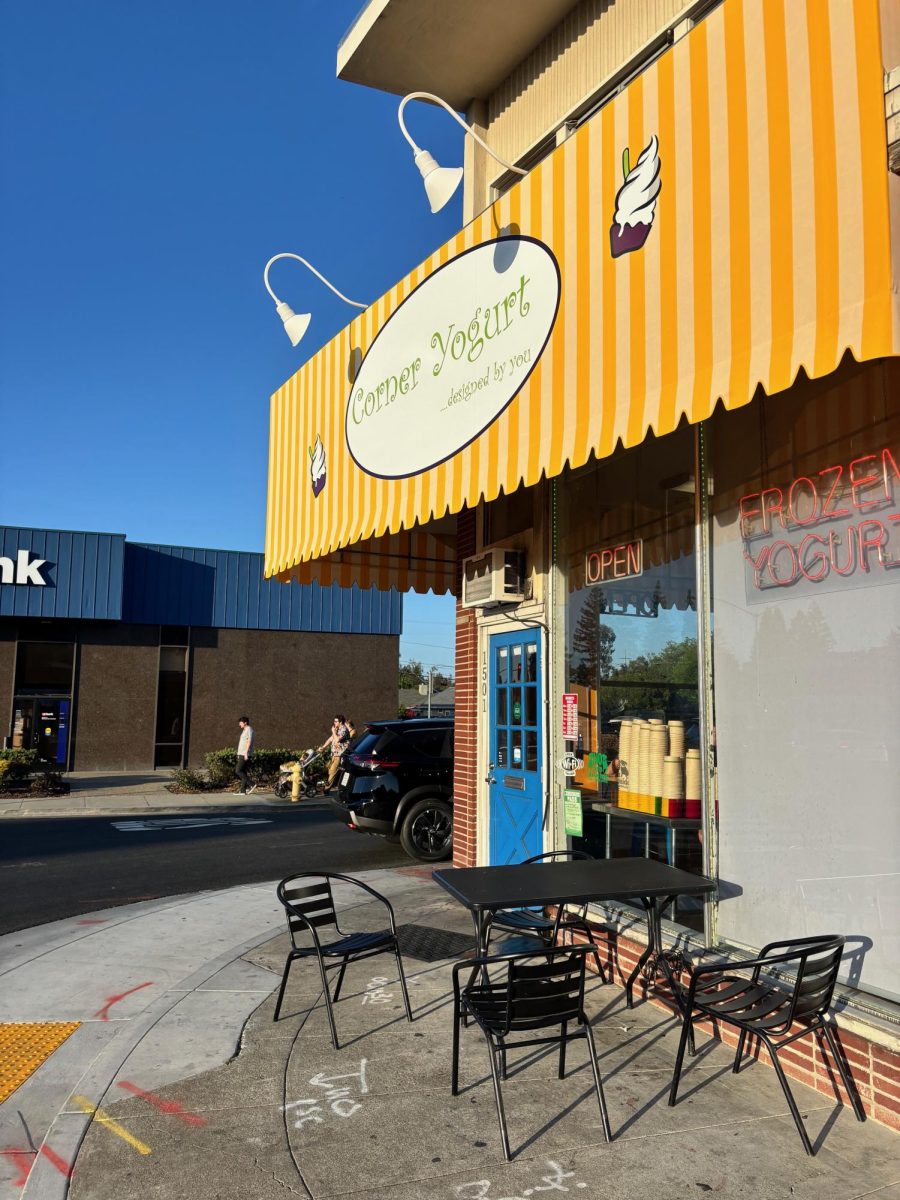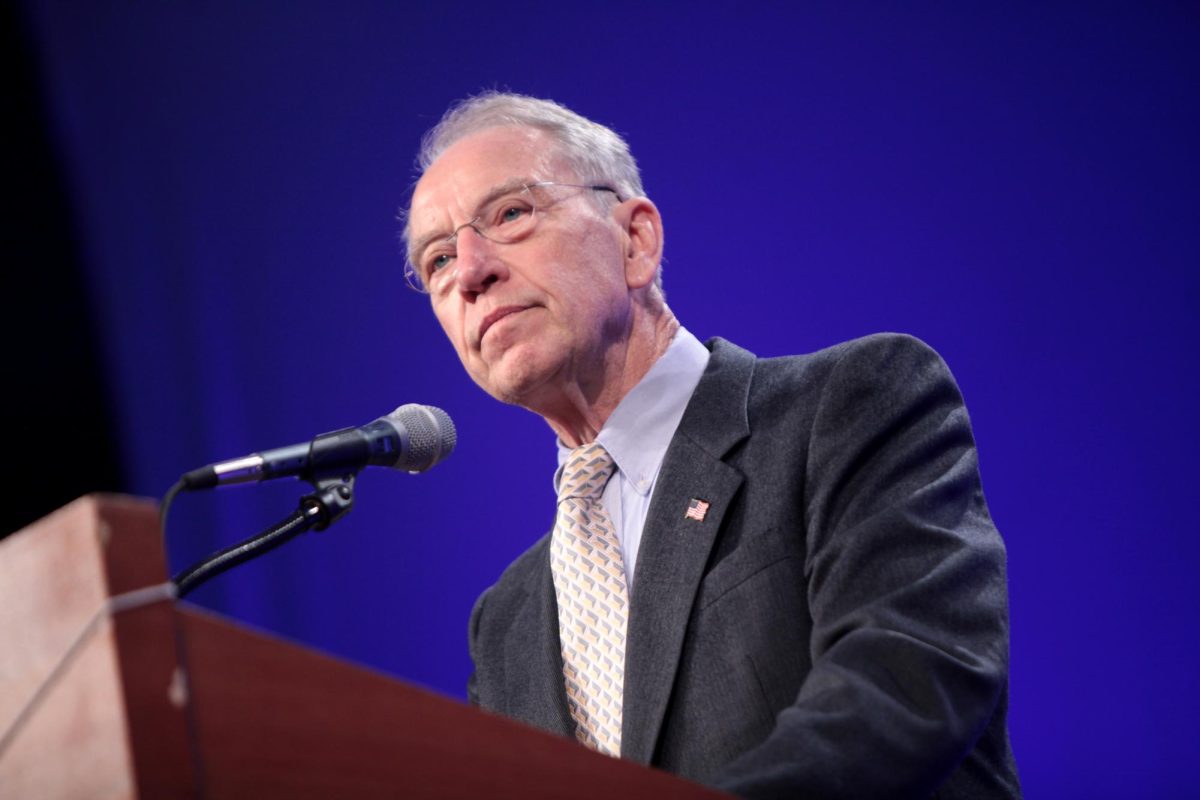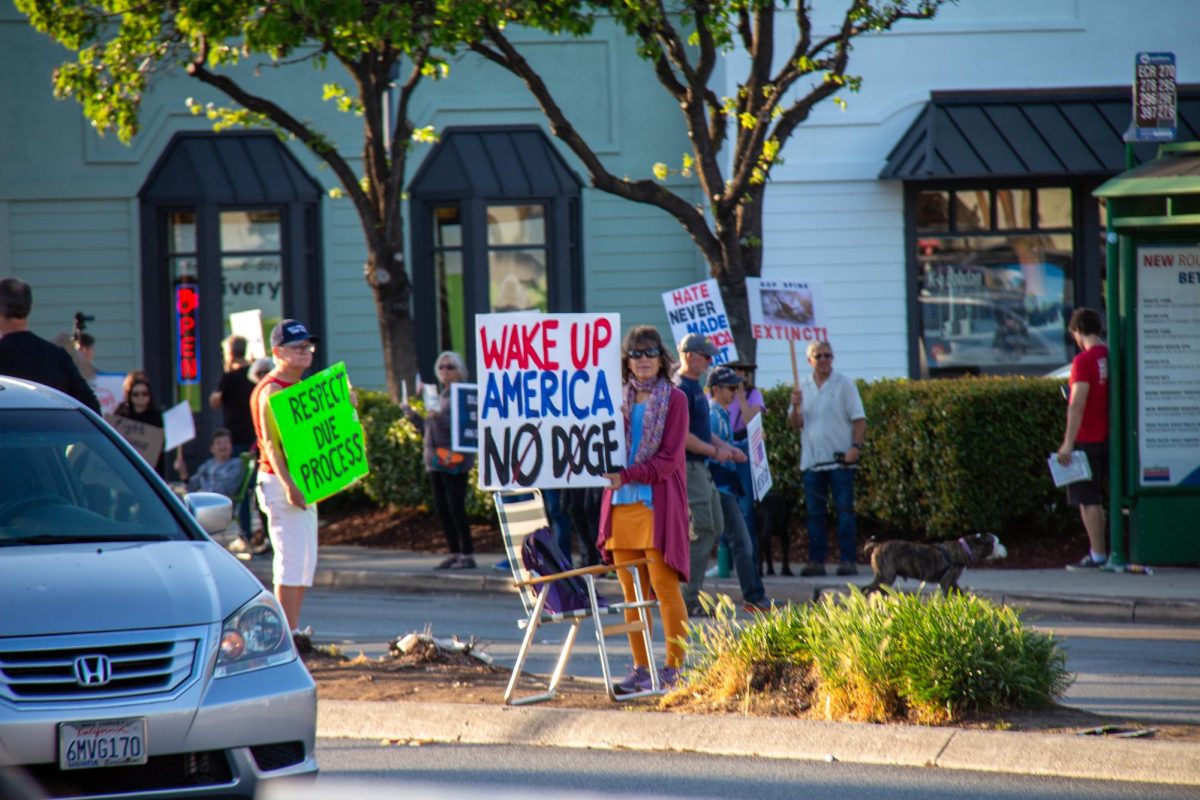WOODSIDE, CA- Many of the Freshman voters who cast their vote for class officers two weeks had one trait in common: their race. At Woodside, this is not uncommon.
For years, leadership class, a group meant to represent all students, has faced one major issue: in a school that is mostly nonwhite, almost all the class officers are Caucasian.
“Everyone has equal opportunity to join leadership and we want students to join leadership,” Leslie With, the teacher for the 4th and 5th period leadership classes assured the Woodside World. “What I have found a lot of times, though, is that sometimes students, for various reasons, don’t feel comfortable applying.”
This is the situation that has plagued the leadership program for years, and students are often heard joking about the lack of diversity in both class boards and the class, sometimes referring to them as “white boards” instead. While members of the leadership program all have different theories as to why minorities are less likely to apply for the class, few have answers for how to fix the problem.
“No one’s done it in the past, so why do it now?” said a minority member of the leadership class who wished to remain anonymous. “There’s no reason to change what’s been going on.”
This culture of mostly whites filling leadership roles at the school finds its origins in a sort of group mentality within certain social circles, resulting in people applying to the class because it is popular among their friend group. In this sense, one’s social situation, not their ethnicity, is what drives students to join. But the fact still is that social groups made up of mostly minority students less likely to join.
“They have to leave early after school,” the anonymous student explained. “Because they have to take the bus, they don’t always have rides [from out-of-school activities].”
With this, the student confirms another popular suspicion among leadership members: the class’ after-school commitments are hurting the overall geographical diversity of their students, as many of the students who live in East Palo Alto take the scheduled school buses home. This lack of geographical diversity translates into a lack of ethnic diversity, as East Palo Alto’s population is only 8.8% caucasian, according to City-Data.com.
When the anonymous leadership student was asked why he believed that other minorities are less likely to join the class, he immediately responded: “The after-school commitment, you know, all of the things you don’t want to do.”
Another commonly cited reason for low percentages of minorities in leadership classes is the fact that leadership, unlike any other program, requires a written application to join. Even though the program was expanded to three classes last year, some students feel that they are likely to be rejected if they apply.
“Leadership is the only class that has an application process,” Leslie Wasserman, a member of the Board of Student affairs (BOSA), says. “No other class has that. It’s a public school and why would you have an application process to be in a class that should be available for anyone?”
While the ethnic situation in leadership may seem dire, some leadership students seem to think that things are looking up.
“More people are getting involved,” Wasserman says. “This year, at the leadership intro day, there were a lot of people I had never met before, that weren’t in the social group that a lot of leadership students are [in].”
Everyone involved in the program agrees that breaking the cycle of classes that are made up of the same social group is crucial to creating a more diverse school leadership team that can more accurately address the needs of all students. Whether the source of this change in leadership’s social climate is a fluke or the result of a social shift, the minority students in the program are fighting to get their voices heard.
“I feel like there aren’t a lot of minorities in leadership,” the anonymous leadership student says. “So I felt like maybe there was something I could do to get in there and maybe use some of our ideas.”









